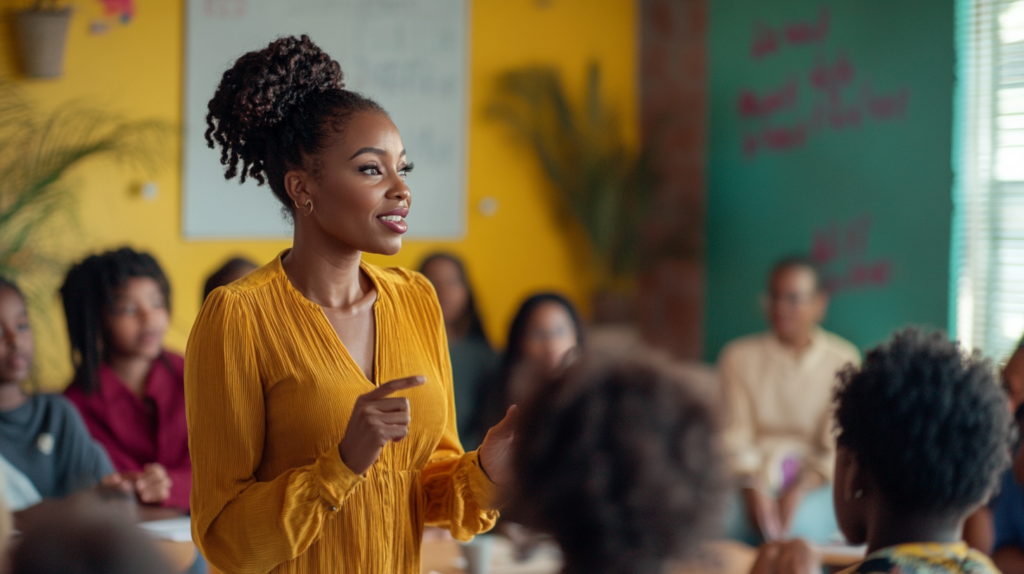Building the right relationship with your students is one of the most important aspects of teaching. The connection you establish with your students can significantly influence their motivation, behaviour, and overall success in the classroom. When students feel understood, respected, and supported by their teacher, they are more likely to engage in learning, participate in class activities, and achieve better academic results.
A positive teacher-student relationship also helps in creating a safe and welcoming environment where students feel comfortable expressing themselves and taking intellectual risks. By investing time and effort into building these relationships, you lay the groundwork for a more effective and rewarding educational experience for both you and your students.
Here are some practical steps to help you build the right relationship with your students.
6 Ways to Build the Right Relationship with Your Students

1. Be Approachable and Available
Students are more likely to engage with you if they feel you are approachable. Make time for your students, whether it’s during class, after school, or during breaks. Encourage them to ask questions and express their concerns. This helps build a rapport and shows that you are genuinely interested in their success.
2. Show Genuine Interest in Their Lives
Another way to build the right relationships with your students is to take the time to learn about their interests, hobbies, and backgrounds. This can help you connect with them on a personal level, making them feel valued and understood. When students feel that you care about them as individuals, they are more likely to participate actively in class and trust your guidance.
3. Set Clear Expectations
Clearly communicate your expectations for behaviour and academic performance from the start. By doing so, students understand what is required of them, which reduces misunderstandings. Moreover, when expectations are consistent and fair, students feel more secure and are more likely to respect you.

4. Provide Constructive Feedback
When it comes to feedback, focus on being constructive rather than critical. Start by highlighting what the student did well before offering suggestions for improvement. This way, you encourage students to continue putting in effort without feeling discouraged.
5. Be Consistent and Fair
Equally important, consistency in how you treat all students is crucial. Avoid showing favouritism, as this can lead to resentment and division within the class. Being fair and consistent helps build trust, which is the foundation of any strong relationship.
6. Encourage Open Communication
Finally, create an environment where students feel comfortable expressing their thoughts and opinions. By encouraging open discussions and actively listening to what your students have to say, you not only build trust but also better understand their needs and challenges.

Conclusion
Building the right relationship with your students is vital for their academic and personal development. By being approachable, showing genuine interest, setting clear expectations, providing constructive feedback, being consistent, and encouraging open communication, you can create a classroom environment that promotes trust, respect, and learning.
Remember, a strong teacher-student relationship is the cornerstone of a successful educational experience.



